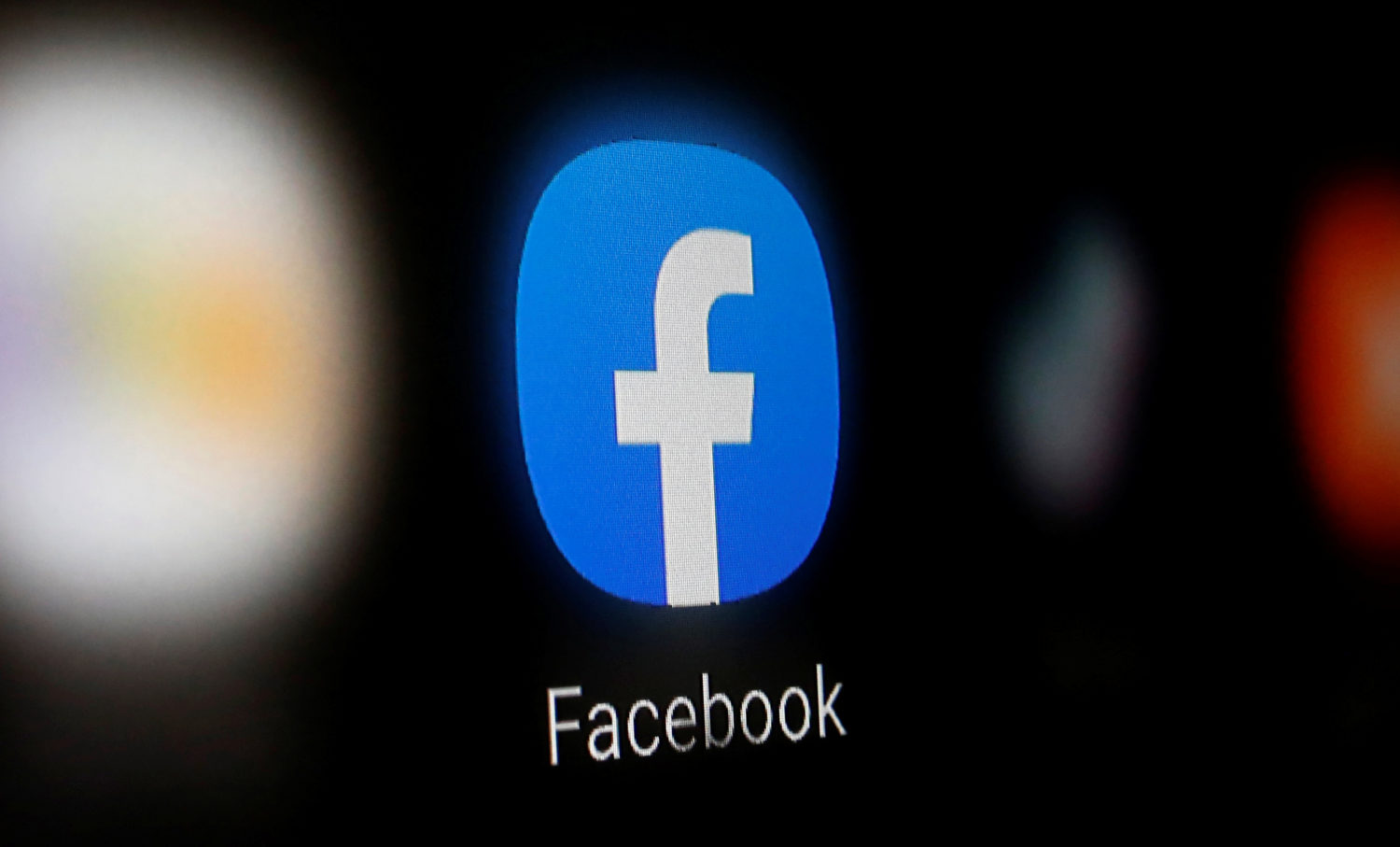
By Cate Cadell and Lisa Shumaker
BEIJING/NEW YORK (Reuters) – Global cases of the new coronavirus have shot past 1 million with more than 53,000 fatalities, a Reuters tally showed on Friday, as death tolls soared in the United States and western Europe while the world economy nosedived.
In the space of just 24 hours, 6,095 infected people died – nearly twice the total number of deaths in China, where the virus and COVID-19, the disease it causes, originated.
Atop the grim tally of officially reported data are Italy, with 13,915 deaths, and Spain, with 10,935. But the United States is becoming the new epicentre, with 243,635 cases – by far the most of any nation – and 5,887 deaths.
In China, where draconian containment measures stabilised the epidemic, coronavirus “martyrs” will be mourned on Saturday with a three-minute silence.
Though the official figures are shocking enough, health experts and even some governments acknowledge they do not capture the full spread. The virus mostly goes undetected in people with minor symptoms or none at all.
With airlines largely grounded, businesses closed, layoffs mounting and millions of people under lockdown, the economic fallout is set to be worse than the 2008 financial crisis.
Rather, comparisons are being drawn with such traumatic periods as World War Two or the 1930s global Depression.
ECONOMIES IN FREEFALL
Morgan Stanley predicted that the U.S. economy, the world’s biggest, would shrink 5.5% this year, the steepest drop since 1946, despite an unprecedented aid package. An eye-watering 38% contraction is predicted for the second quarter.
The bank said Britain was heading for a slump that could be worse in the short term than the 1930s.
Global stocks slipped, but then recovered as Wall Street headed into positive territory in morning trade.
Morgues and hospitals in New York City were struggling to treat or even bury victims of the virus, and state governor Andrew Cuomo predicted similar misery for the rest of the country.
Staff at one medical centre in Brooklyn were seen disposing of gowns and caps in a sidewalk trash can after loading bodies into a refrigerated truck.
After initially playing down the crisis, U.S. President Donald Trump’s administration was set to advise Americans to wear masks if venturing out.
Spain and Italy were also counting their daily dead, but prayed they were plateauing as data at least showed a slowdown in daily increases.
Some 900,000 Spanish workers have lost their jobs. Double that number have done so in Turkey, the opposition said.
Britain, accused by the opposition of being slow to respond to the threat of the virus, unveiled a hospital installed in an exhibition centre in under two weeks to provide thousands of extra beds, and promised a tenfold increase in testing.
But Prime Minister Boris Johnson’s extended self-isolation, after testing positive, was a reminder of the risk.
In a video message from Downing Street, he said he still had fever.
In France, the government did something that was shunned even in wartime, cancelling the end-of-high-school “baccalaureat” exam for the first time since its inception in 1808 under Napoleon Bonaparte.
DISASTER FOR DEVELOPING WORLD
While prosperous nations reel, there are fears of potentially far worse impact in places already struggling with poverty, insecurity and weak health systems.
In Iraq, three doctors and two officials said there were thousands of cases, many times more than publicly reported.
In India, many poor labourers were desperate, and hungry, after losing jobs in a lockdown ordered at four hours’ notice by Prime Minister Narendra Modi.
“I’m very sure that he works only for the big people and not for a man like me,” said former Modi supporter Ravi Prasad Gupta, laid off from a pipe plant.
Aware that religious gatherings have in some parts aided the virus’s spread, both Pakistan and Bangladesh sought to stop people going to mosques for Friday prayers, while Saudi Arabia imposed a curfew in the holy cities of Mecca and Medina.
Though there was little cause for cheer anywhere, one positive offshoot of the crisis has been a massive drop in atmospheric pollution. One expert said carbon dioxide emissions could fall this year by the largest amount since World War Two.
New Google data from mobile phones in 131 countries showed huge changes in human behaviour as people are told to stay home and businesses shut. For example, in Italy and Spain, visits to retail and recreation locations including restaurants and cinemas plunged 94% in March.
But authorities are still nervous about public criticism in many places, not only authoritarian states.
The U.S. Navy relieved the captain of the aircraft carrier Theodore Roosevelt of his command on Thursday, punishing him for the leak of a scathing letter to superiors seeking stronger measures to a curb a coronavirus on board.
(Reporting by Reuters bureaux worldwide; Writing by Daniel Wallis and Andrew Cawthorne; Editing by Howard Goller and Kevin Liffey)
















